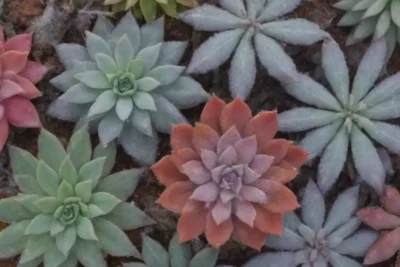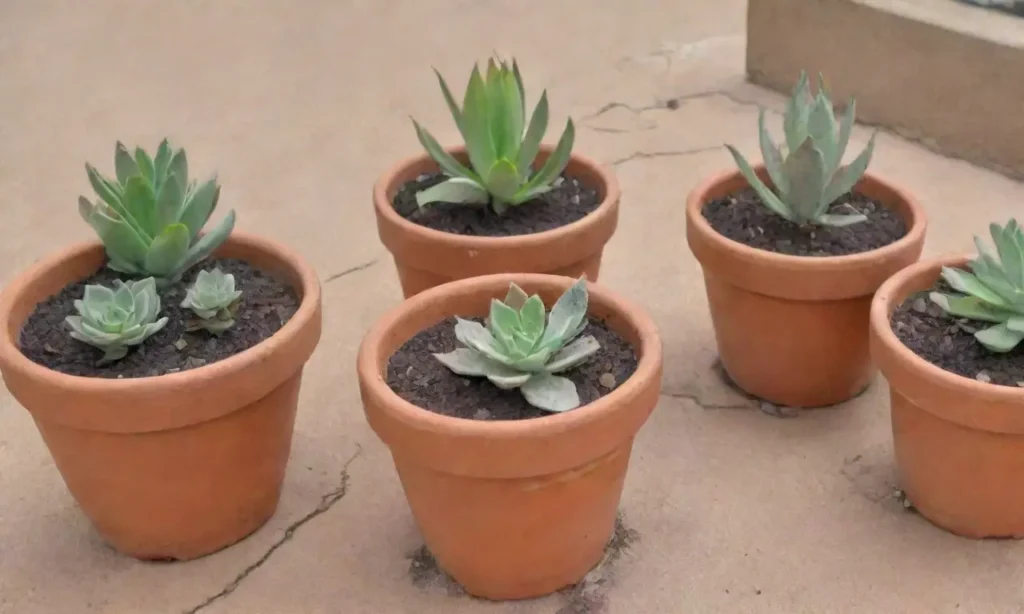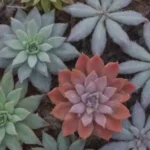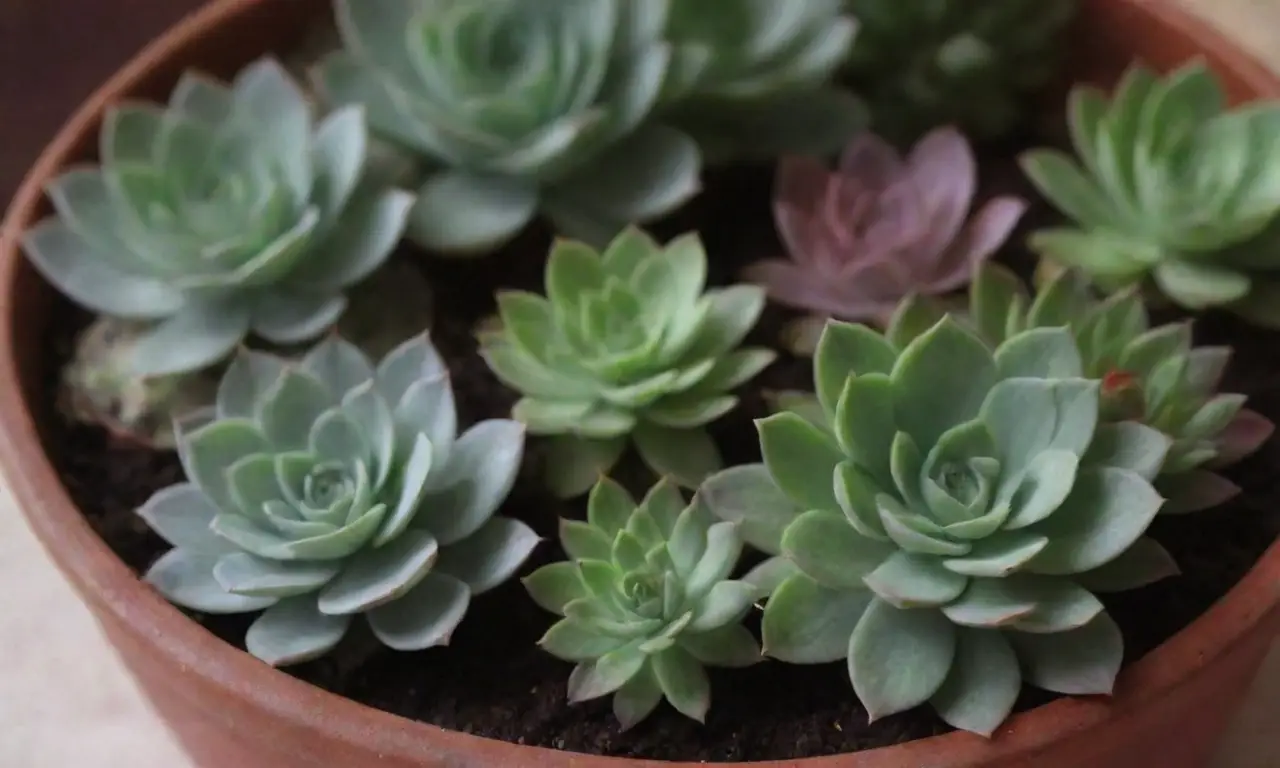
Neglecting Succulents: Can They Survive Without Attention?

Introduction
Succulents have gained immense popularity over the past few years due to their striking appearance, ease of care, and adaptability to a variety of environments. Unlike many other houseplants, succulents have the unique ability to store water in their leaves, stems, and roots, allowing them to thrive in arid conditions. This fascinating characteristic has led many people to believe that succulents are practically indestructible, often prompting the question: "Can they truly survive without attention?"
In this article, we will delve deep into the world of succulents, exploring their needs, their responses to neglect, and tips on how to maintain them effectively. By breaking down their care requirements and the effects of minimal attention, this guide will not only inform existing succulent owners but also inspire potential future owners to appreciate these hardy yet sometimes temperamental plants fully.
Understanding Succulents: Nature's Resilient Beauties
Succulents are a diverse group of plants characterized primarily by their ability to store water. This adaptation allows them to flourish in environments that many other plants would find inhospitable, such as deserts or rocky terrains. The biological mechanism that enables them to conserve water involves specialized tissues in their leaves, stems, and roots. Therefore, knowing how succulents harness this unique ability to survive and even thrive can help to clarify whether or not they can really withstand neglect.
The Evolution of Succulents
To understand why succulents can tolerate periods of neglect, it’s crucial to look back at their evolution. Many succulent species originated in arid habitats where water availability was sporadic. Over time, these plants have developed fascinating adaptations such as CAM (Crassulacean Acid Metabolism) photosynthesis, which allows them to open their stomata at night to reduce water loss during the day. The ability to go weeks, or even months, without water makes them a preferred choice for those who may not have a green thumb.
Moreover, the evolutionary history of succulents includes a variety of environmental challenges that have shaped their needs. For instance, many succulents, such as Aloe and Echeveria, have thick, fleshy leaves that allow them to store significant amounts of water for extended periods. These adaptations not only enhance their chances of surviving in less-than-ideal conditions but also make them visually appealing with their diverse shapes and colors.
What Makes Succulents Different from Other Plants?
One of the defining characteristics of succulents is that they require significantly less water than traditional houseplants. For instance, many other non-succulent houseplants may require watering once a week, while most succulents might only need moisture every two to four weeks, depending on their environmental conditions. This eagerness for minimal water is one of the qualities that many people adore in succulents—they are forgiving plants for those who forget their watering duties!
However, this does not mean that succulents can thrive indefinitely with no attention. Each succulent species has its specific care requirements, including sunlight, soil composition, and humidity levels. Neglecting any of these critical factors can result in problems such as etiolated growth (stretching towards light), root rot from overwatering, or other issues that might lead to the decline of these beautiful plants.
 Will All Succulents Survive Winter? Climate Myths Explored
Will All Succulents Survive Winter? Climate Myths ExploredThe Effects of Neglect on Succulents
When we think about neglecting succulents, it's tempting to assume that they'll simply weather the storm and emerge unscathed. While succulents are resilient, neglect can lead to various issues that affect their health and longevity. Understanding these potential problems can help owners find a balance between giving their succulents minimal care and ensuring that they remain vibrant and alive.
Signs of Neglect
One of the first signs of neglect in succulents is a change in their appearance. Healthy succulents often have plump and firm leaves, while those that are neglected may exhibit wrinkling, shriveling, or even discoloration. This can be a sign of inadequate watering, leading the plant to utilize its stored moisture. Additionally, if a succulent becomes leggy and stretches out between leaves, this is indicative of insufficient light rather than overwatering.
Another critical sign of neglect is the presence of pests or disease. When succulents are not given attention, they become susceptible to various pests, including mealybugs and aphids. While many succulent species have some natural defenses, prolonged neglect can overwhelm these defenses, allowing pests to invade and cause significant damage. Regular inspections can help thwart these issues before they lead to irreversible harm.
How Long Can Succulents Survive Without Care?
The longevity of a succulent without care can vary by species and environmental conditions. Generally, succulents can endure several weeks to even months of neglect before they start showing significant signs of decline. For example, Echeveria may survive longer without watering than Aloe, which might prefer a regular, light watering schedule to maintain its health. Consequently, it’s important for owners to familiarize themselves with the specific care needs of their plants, as adhering to generalized advice may not yield the best outcomes.
The resilience of succulents doesn't mean that neglect is an acceptable way to care for them. While they can survive brief periods of inattentiveness, they will not flourish without regular, albeit minimal, attention. A happy balance of minimal care—including light exposure, careful monitoring for pests, and occasional watering—can lead to thriving succulents that grace your home with their unique beauty.
Best Practices for Caring for Your Succulents

Caring for succulents does not have to be a laborious task; in fact, it can be relatively easy once you understand their fundamental needs. By implementing best practices, you'll ensure that your succulents remain healthy and vibrant while freeing up the time you would have spent worrying about their care.
 Do Succulents Like to Be Root Bound? Myths About Growth Debunked
Do Succulents Like to Be Root Bound? Myths About Growth DebunkedChoose the Right Potting Medium
One of the most critical decisions you'll make for your succulents is selecting the right potting medium. Succulents do best in well-draining soil that prevents water from accumulating around the roots. Many plant enthusiasts recommend using a specialized cactus soil mix, which typically contains ingredients like sand, perlite, and peat moss. This combination promotes aeration and drainage—a crucial factor for the health of succulents.
It's also essential that pots have drainage holes at the bottom. If a pot does not have these drainage holes, the risk of root rot dramatically increases, which is one of the common issues associated with overwatering succulents. Choosing the right potting medium, along with the proper container, is foundational to ensuring the long-term survival of your plants.
Find the Perfect Spot for Sunlight
Another essential aspect of caring for succulents is understanding their light requirements. Most succulent species thrive in bright, indirect sunlight, making a south or west-facing window ideal for their placement. However, too much direct sunlight can lead to burning or scorched leaves. Therefore, it is vital to observe your succulent and adjust its position based on its responses to light exposure.
If you notice that your succulent is stretching toward the light source, it may be a sign that it is not receiving enough light. Conversely, if you see brown spots appearing on the leaves, it may be a sign of too much direct sunlight. Regularly rotating your succulent can help ensure that all sides receive adequate light, allowing for balanced growth.
Water Wisely and Sparingly
As previously mentioned, one of the key advantages of succulents is their resistance to drought, allowing owners to bask in the joys of minimal watering. When you do water, it's essential to follow a few best practices:
Observe the soil: Always check the moisture level by sticking your finger into the soil. If it feels dry several inches down, it’s time to water.
Water deeply: When watering, do so until water begins to drain out of the bottom of the pot. This ensures that all roots receive moisture, allowing for effective hydration.
 Do Succulents Need Humidity to Flourish? Busted Care Myths
Do Succulents Need Humidity to Flourish? Busted Care MythsAdjust according to seasons: Succulents may require more frequent watering during the active growth season (usually spring and summer) and less during their dormant months (generally fall and winter).
By honing your watering technique along with using the right potting medium and achieving appropriate light exposure, you can enjoy flourishing succulents even amidst your busy schedule.
Conclusion
In summary, succulents are undeniably resilient plants that can withstand fairly significant periods of neglect, thanks to their unique adaptations. However, it is essential to make a clear distinction between surviving and thriving. While succulents can endure a lack of attention for a limited time, their long-term health and vitality are closely tied to consistent, albeit minimal, care.
By understanding their needs—including suitable potting mediums, appropriate sunlight exposure, and the right watering techniques—you can provide an environment that allows your succulents to shine. These vibrant plants not only beautify your space but add a touch of life and interest to your home. Thus, it's crucial to take a minimal yet effective approach to their care, ensuring that they continue to thrive.
Whether you're a longtime succulent lover or just starting your collection, remember that these remarkable plants deserve just a little love and attention. After all, when cared for properly, they promise to reward you with beautiful foliage and even bloom with exquisite flowers, captivating all those who encounter them. So, embrace the journey of succulent care, and enjoy the beautiful results that come with it!
If you want to read more articles similar to Neglecting Succulents: Can They Survive Without Attention?, you can visit the Succulent care myths category.

You Must Read